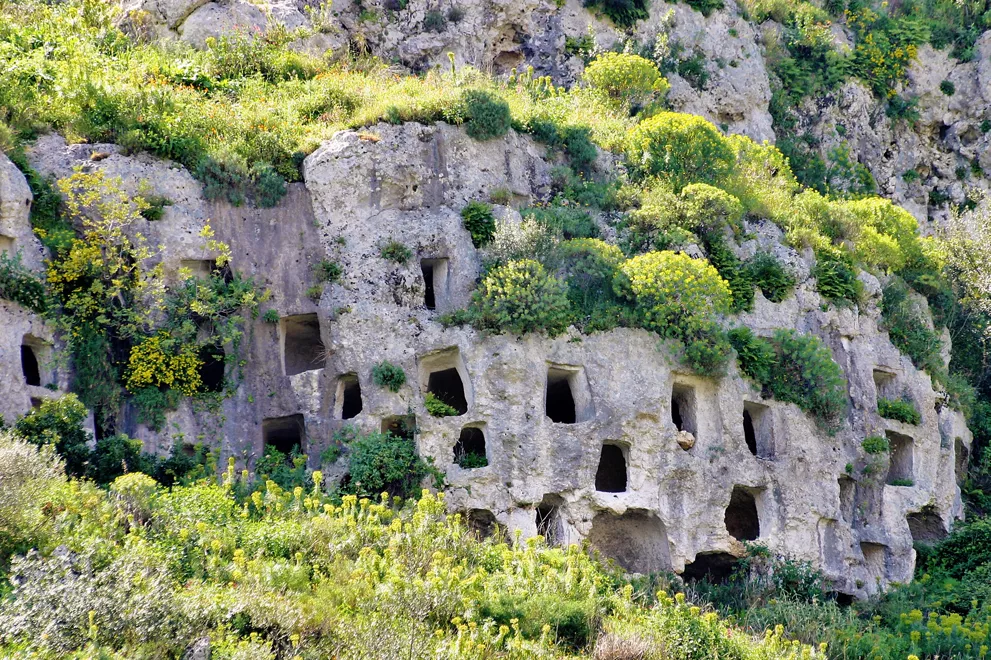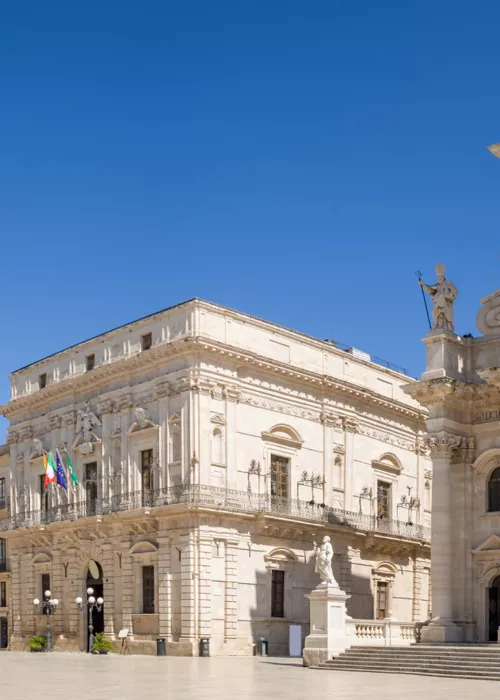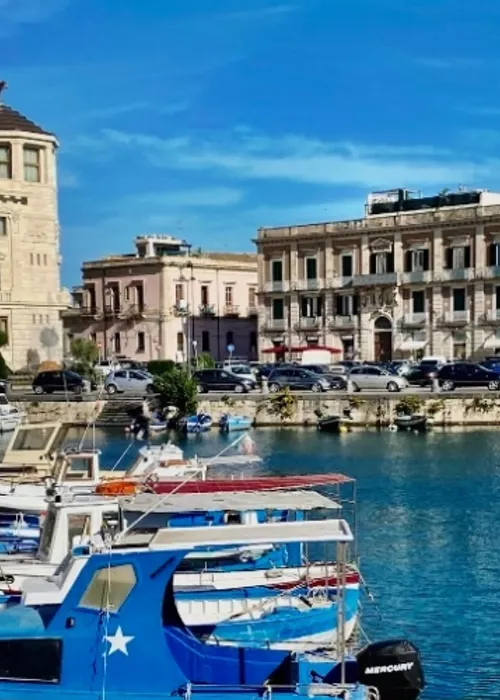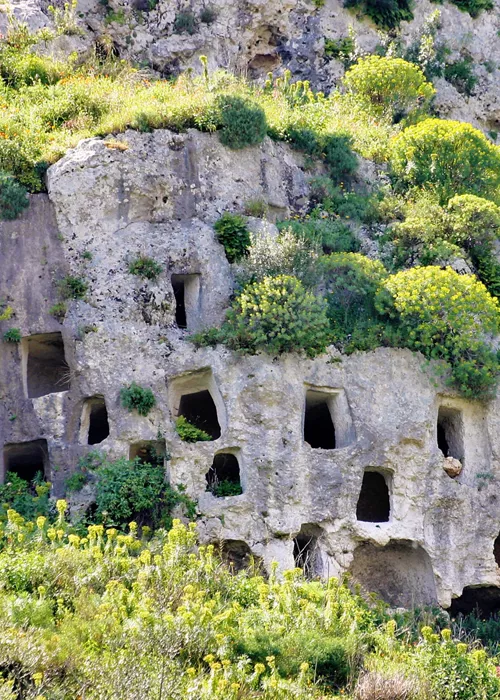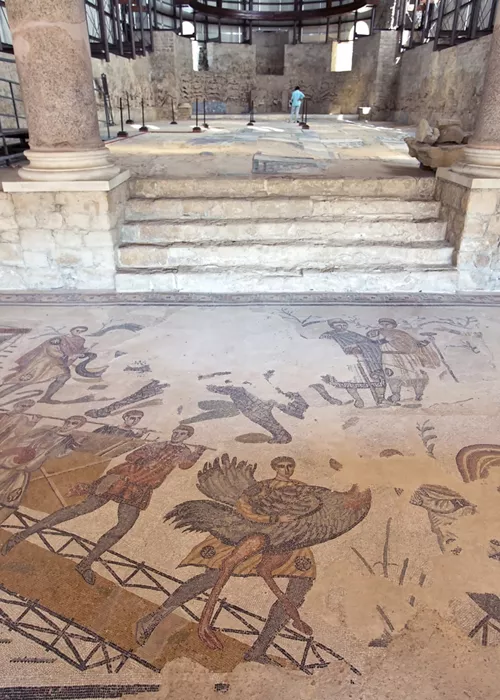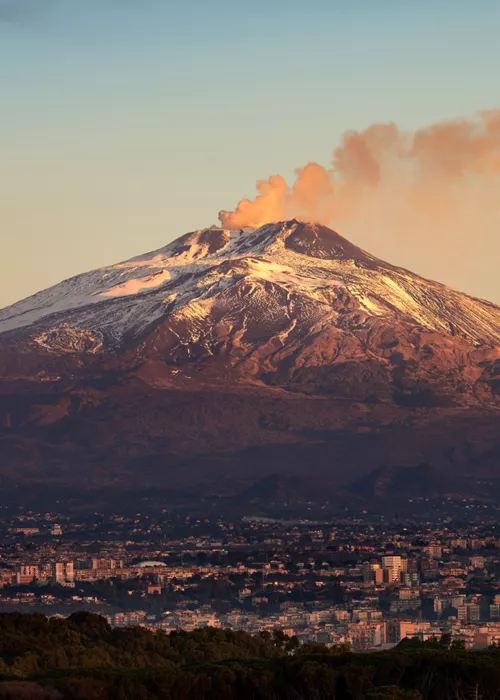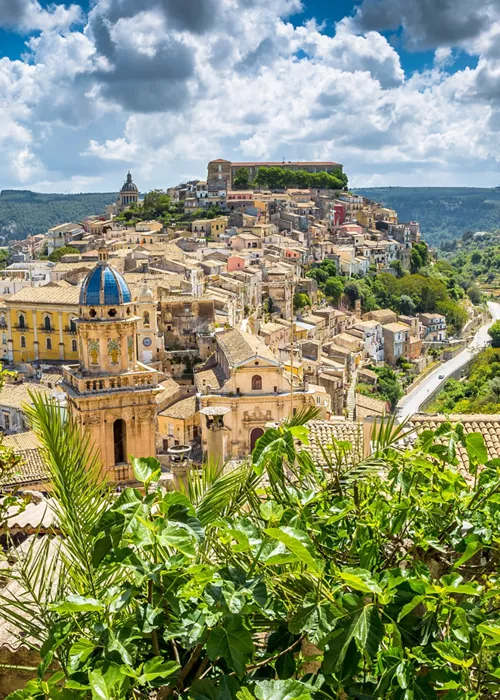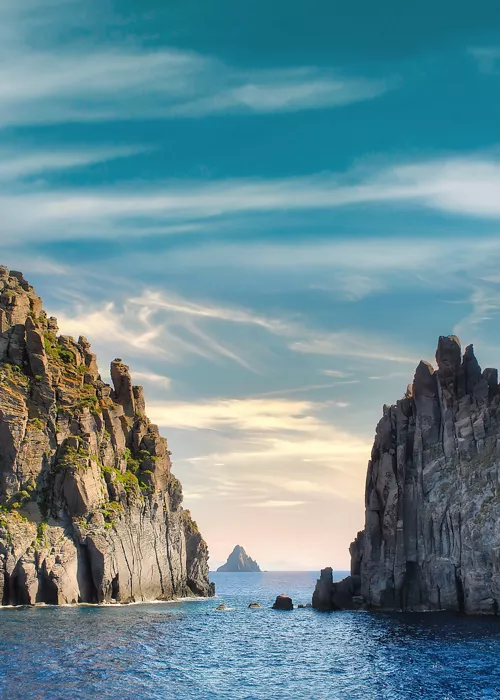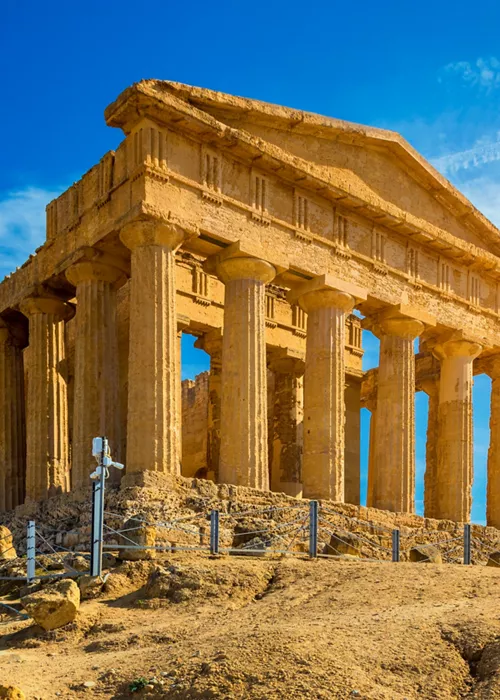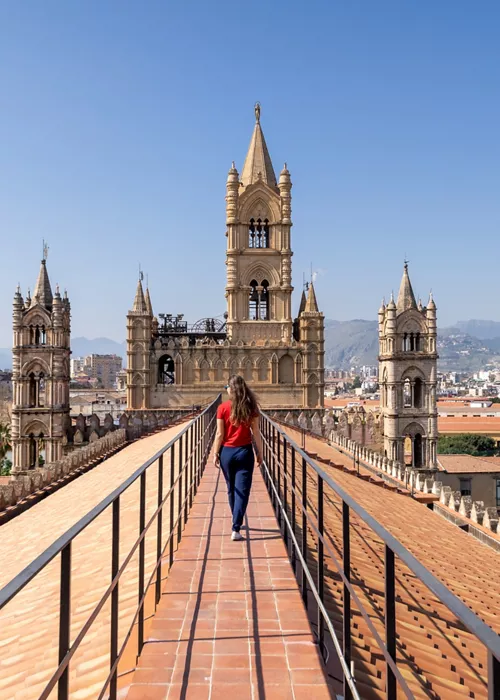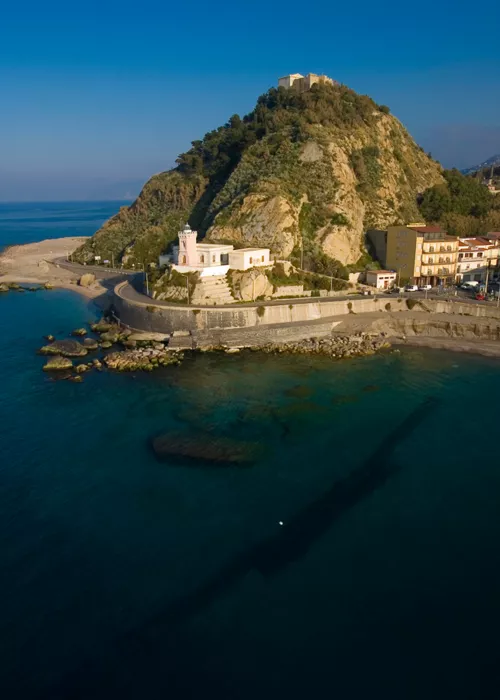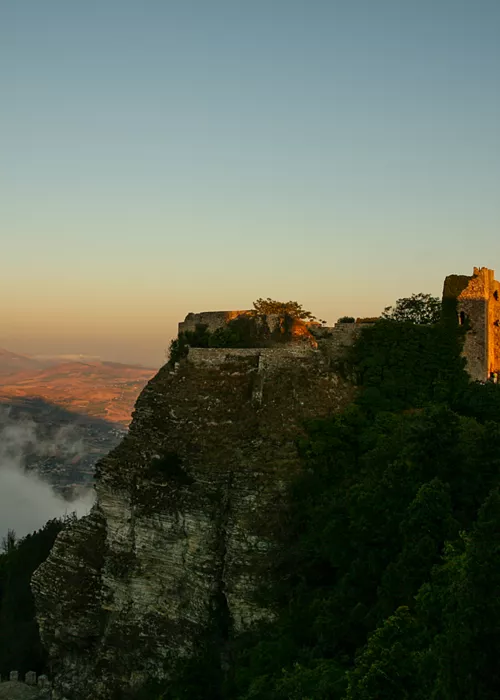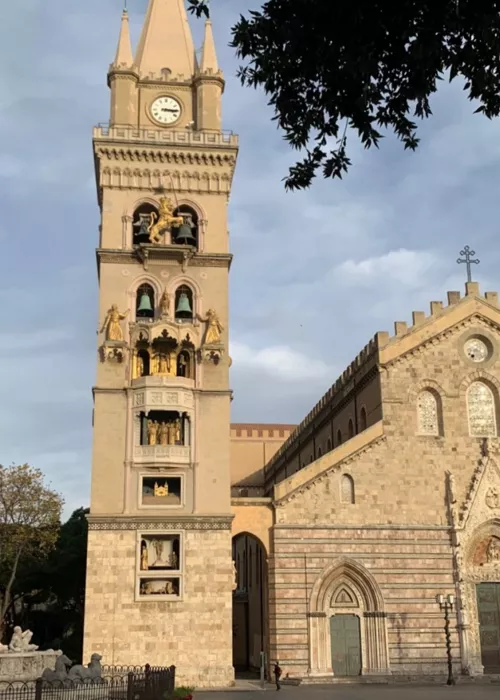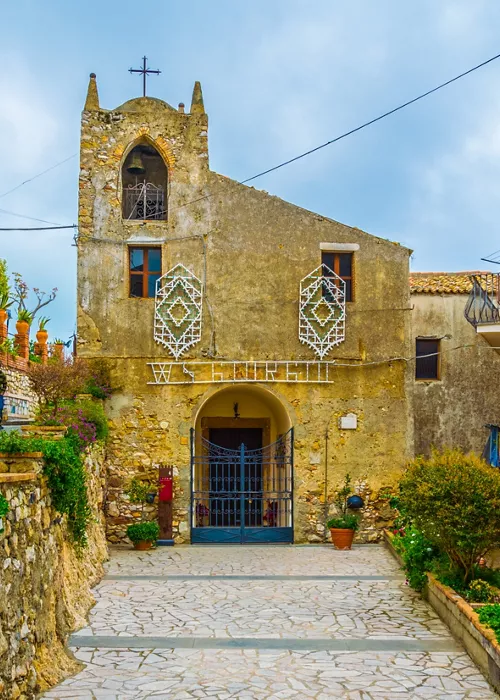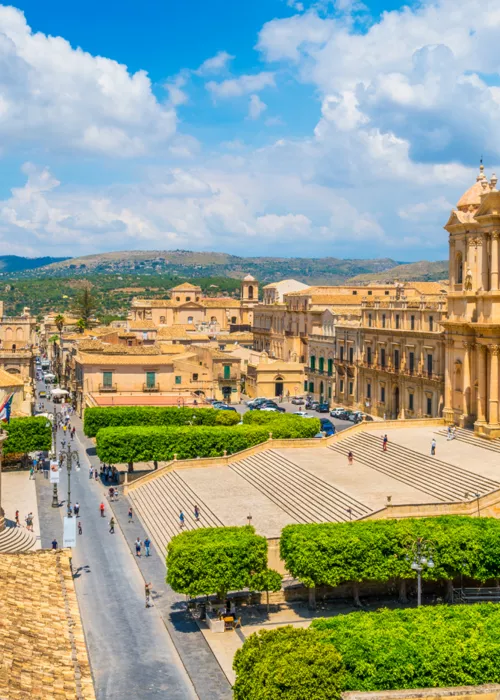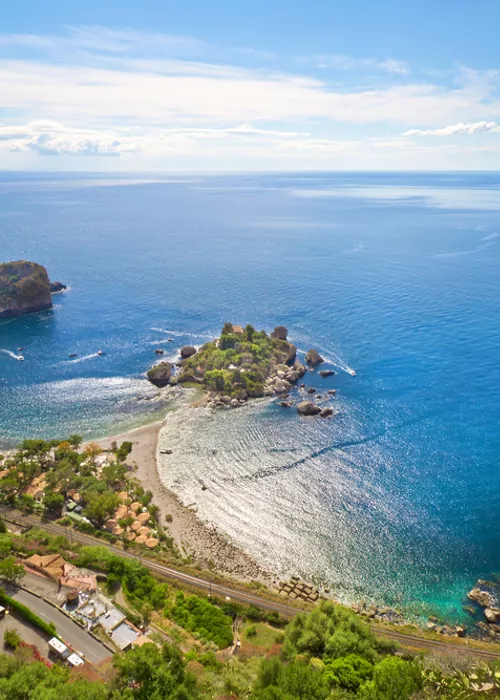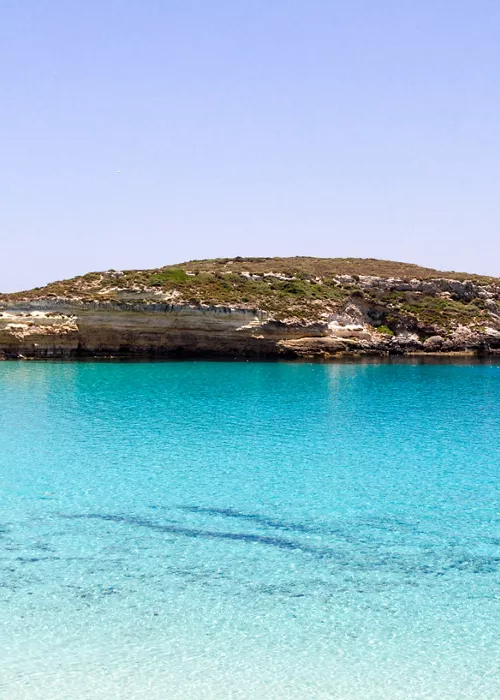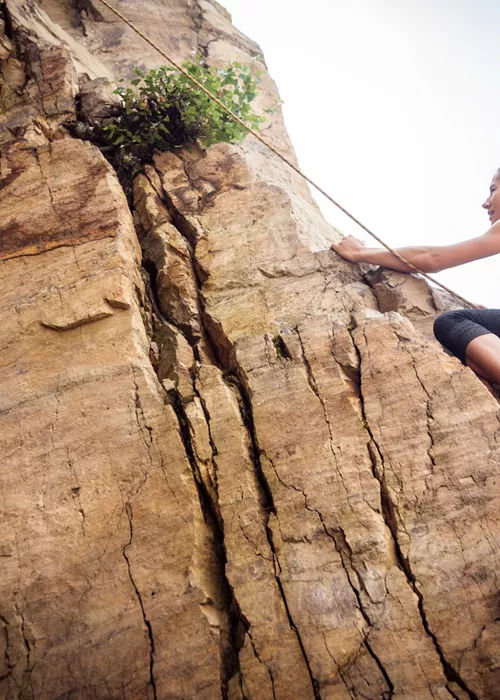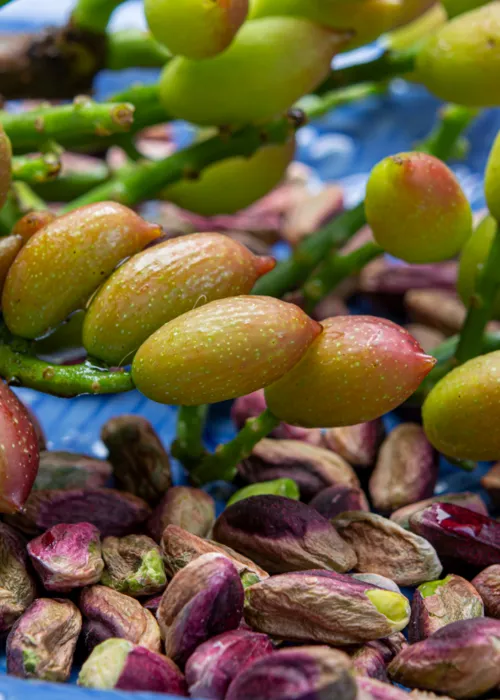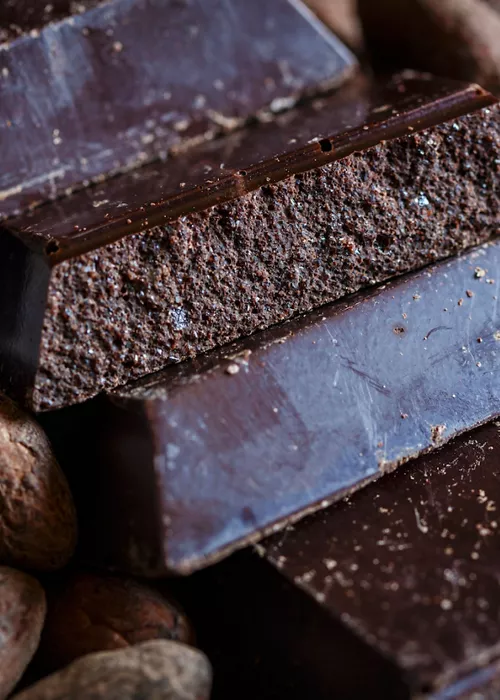Syracuse, the Pantalica Necropolis World Heritage Site
4 minutes
How can you blame him? Syracuse is one of the pearls of Sicily, capable of captivating tourists and visitors all year round with its Mediterranean climate, crystal-clear sea, unique food and wine specialities and colours that make every shot a postcard to show off.
A crossroads of civilisations since ancient Greece and home of Archimedes, Syracuse proudly displays the footprints left by the centuries that testify to its greatness and importance in history. The city was in the UNESCO World Heritage List in 2005, with two different sites: the rock necropolis of Pantalica and the historic centre, both bearing witness to the development of ancient civilisations and their progress.
The history and magic of Syracuse
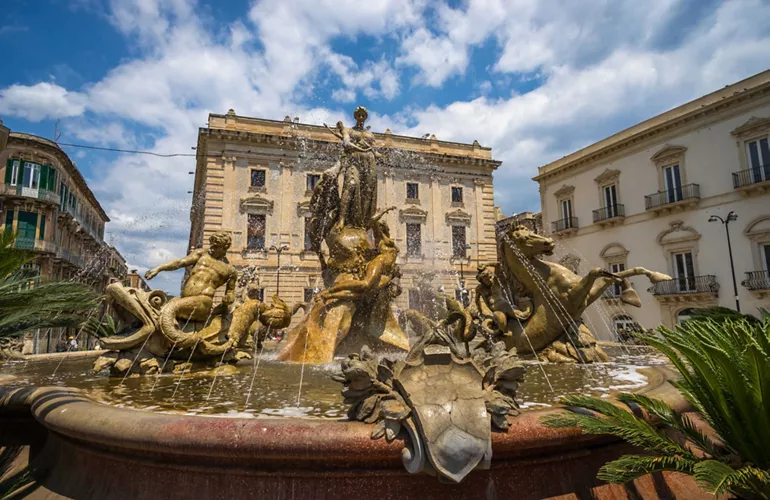
The history of Syracuse begins in the Neolithic period, but its true splendour is due to the Corinthians who founded it in 734 B.C. and within a few years, from an initial nucleus on the small island of Ortigia, turned it into a Pèntapolis by adding four districts. As a Greek colony, Syracuse had a long line of tyrants, including the fearsome tyrant Dionysius, who succeeded in making it a patronage of the arts where Aeschylus, Pindar, Hybicus, Xenophon and Plato passed through.
A turning point in Mediterranean culture came with the Romans, who plundered the city and turned it into the capital of Roman Sicily. To this period we owe many of the city's iconic Roman monuments, from the amphitheatre to the Roman Gymnasium set in an oleander garden.
Despite the great natural catastrophes that struck the city in the 16th century, Syracuse has managed to maintain and increase its splendour over the centuries to become the jewel that millions of visitors can appreciate every day.
What to see in Syracuse: 14 must-see places
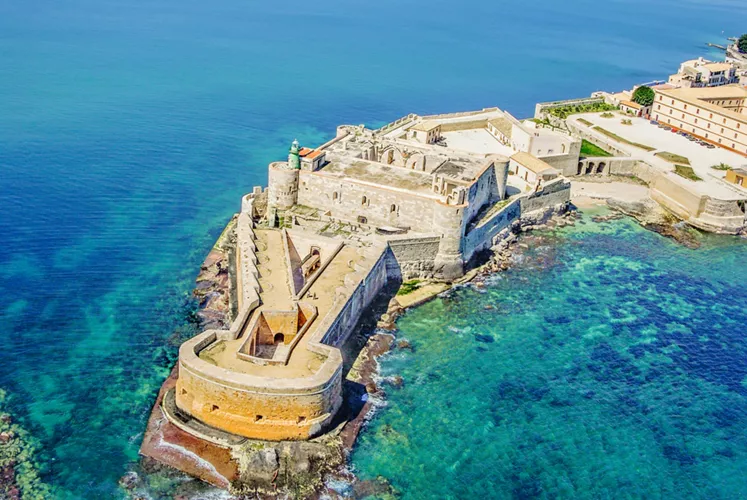
Choosing what to see in Syracuse is not easy given the amount of must-see sights, but those who want to aim to visit all the city's landmarks should start from Syracuse's original nucleus, the island of Ortigia. There you will find the Temple of Apollo, the oldest in Sicily, the remains of the Temple of Athena dating back to the 5th century BC and later converted to a cathedral, and the Temple of Zeus, of which only two columns remain standing today.
You should also include a visit to the Fountain of Arethusa, a body of water that inspired one of Syracuse's most fascinating myths, the legend of Arethusa and Alphaeus.
A few steps away is the Greek Theatre, built in the 5th century BC and transformed in Roman times, and the artificial cave known as the Ear of Dionysius for its shape and ability to naturally amplify sound.
Strolling in the area, you should also visit the Grotta dei Cordari, which for centuries housed the art of rope-makers, and the nearby Grotticelle Necropolis from Roman times, inside which is also the Tomb of Archimedes. Complete your visit to the archaeological park with the Altar of Hieron II and the remains of the Roman amphitheatre.
On the outskirts of Syracuse is the rocky necropolis of Pantalica, where in the 13th century B.C. the inhabitants of the coastal strip found shelter after being forced to flee when the Siculi arrived.
5 ideas on what to do in Syracuse
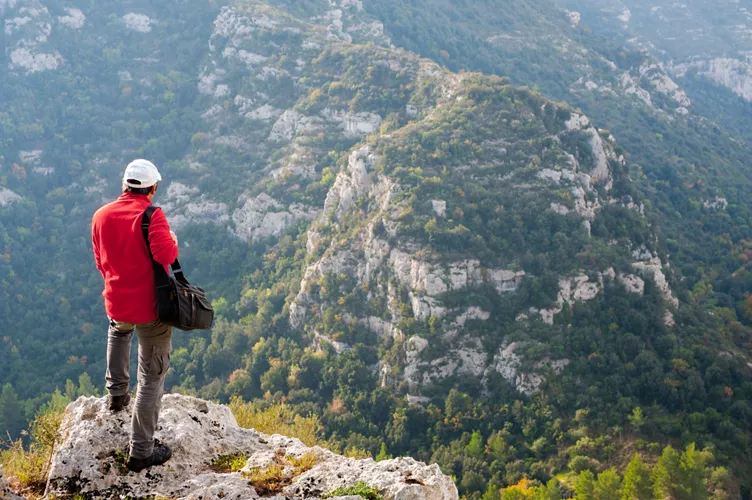
Every corner of Syracuse hides undiscovered treasures and vestiges of the past. Choosing what to do once you get to Syracuse is easy, but if you don't want to get carried away by chance, here are five tips to help you get your bearings.
If you plan to visit the island of Ortiga in the morning, you should drop by the market in Syracuse for a unique sensory experience, amidst the colours of the stalls and the smells that only a local market can offer.
In the city centre stands the basilica sanctuary Madonna of Tears with its distinctive dome and a crypt containing Roman and late antique remains and the chapel of St Francis of Assisi. Just a few dozen metres away is the Paolo Orsi Regional Archaeological Museum, one of the most important and prestigious museums in Europe for the quantity of exhibits.
Another gem not to be missed are the Catacombs of San Giovanni, an extraordinary place of worship in terms of beauty and history that you can visit on your own or with the help of a guide.
If you don't want to miss the chance to admire a Caravaggio work in person, just go to the Sanctuary of Santa Lucia al Sepolcro where the Seppellimento di Santa Lucia, an oil on canvas painted by Caravaggio in 1608, is on display.
Something to eat in Syracuse: the specialities to try
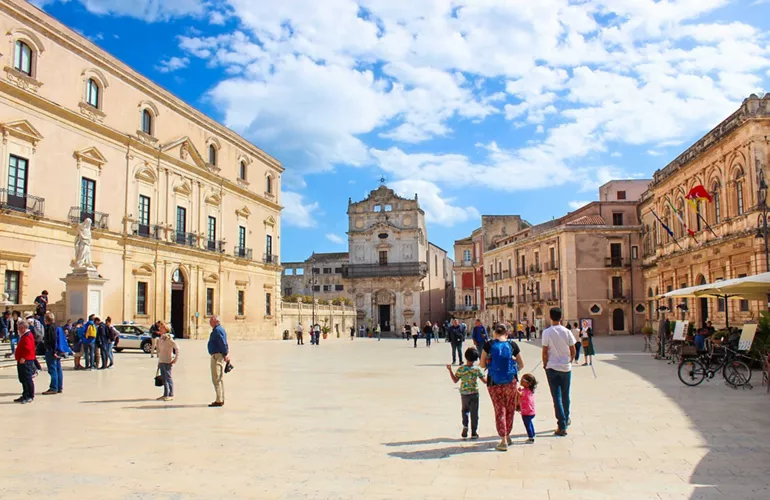
Between strolling and sightseeing, the regenerating power of Syracuse's culinary specialities should not be underestimated. For a quick stop looking for something eat in Syracuse, you must try the scaccia siciliana, a focaccia stuffed with many local delicacies, from aubergines to sausage, or the roll one with tomatoes.
Meat lovers might want to try the pastizzetti, small pasta baskets filled with minced meat, pecorino cheese and rice. Almost every restaurant in the city will offer two typical Syracuse dishes that are not suitable for vegetarians: Matalotta, a fish soup cooked in white wine, and rabbit stimpirata, a sweet-and-sour dish that sums up the flavours of Sicily and can also be enjoyed as a cold dish.
If you can't do without pasta, there is a must here: pasta fritta alla siracusana, spaghetti whipped with anchovies, olive oil and a sprinkling of toasted breadcrumbs. Vegetarians can enjoy the ghiotta siracusana, a delicious side dish of aubergines, peppers and potatoes.
The city's culinary tradition does not stop with savoury! During the Easter period, you can taste Pupi cu l'Ovo, 'Nfigghiulati and Cassateddi.
Popular at Christmas time are the Mucatoli and Mustazzoli, which are often found even out of season.
And, according to Sicilian tradition, don't forget to taste the cassatas and cannoli with almond paste!

